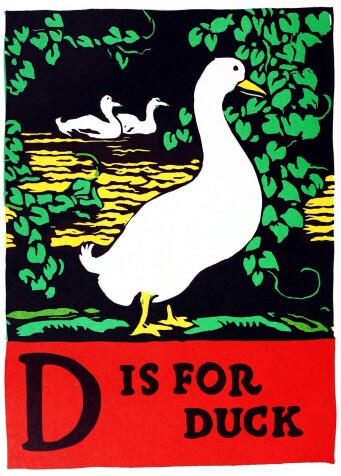
Pure deckle delight on: Treatise on Light by Christaan Huygens, rendered into English by Silvanus P. Thompson, 1912.
Deckle Edges
“The rough, untrimmed edges of a sheet of hand-made paper (the deckle being the frame or band which confines it in manufacture.) Much prized by collectors, especially in books before the age of edition-binding in cloth, as tangible evidence that the leaves are uncut; for the deckle edge normally would be – and indeed was meant to be – trimmed off by the binder.
In modern books deckle edges are an affectation, mainly (but not, alas, entirely) confined to press books, limited editions, etc. They have, certainly, a sort of antiquarian charm, even though they can nowadays be artificially produced in machine-made papers: but they collect dust and, being technically obsolete for a century and a half, hardly avoid a self-conscious air. In books of reference they are intolerable.”

The top, fore-edge, and tail edges of Ptolemy’s Almagest in the Wenner Collection, 1528.
Aaron Auyeung
Edges
“Unless specifically qualified (e.g. gilt tops), this refers to the three outer edges of the leaves (top, fore-edge and tail), which may be uncut (or cut), trimmed, gilt, gauffred, sprinkled, stained (usually red or yellow: in Irish books of the second half of the 18th century sometimes green or blue), marbled or (rarely – a French style) gilt on the rough. It may also be properly applied to the edges of the boards, when these are decorated with a fillet or roll, commonly from the 16th to the 19th century, even when (as in the 18th) the boards themselves are undecorated.”
Frontispiece
“An illustration facing the title-page of a book (or, occasionally, of a division or section of a book). In collating an illustrated book which has no list of illustrations but in which, as often, the plates themselves are numbered in sequence, it should be remembered that the frontispiece is seldom included in such numeration.”

This 1739 Mémoires de l’Académie Royale des Sciences was selected by Wenner for its articles “Sur la figure de la terre” and “Sur la nouvelle méthode de M. Cassini pour connaître la figure de la terre” by Pierre-Louis Moreau de Maupertuis and Alexis Claude de Clairaut respectively.
Aaron Auyeung
Bonus definition: Deckle-Fetishism
“The over-zealous, undiscriminating (and often very expensive) passion for uncut edges in books which were intended to have their edges cut.”
Your chances of catching deckle fetishism could be easily elevated by Huygen’s A Treatise on Light from the Wenner Collection:






